Stevens Johnson Syndrome Hypersensitivity Type
Stevens johnson syndrome hypersensitivity type. Pathophysiology of Stevens-Johnson Syndrome. Overlapping Stevens-Johnson syndrome- 10 to 30 body surface area detachment. Stevens-Johnson syndrometoxic epidermal necrolysis is a rare acute serious and potentially fatal skin reaction in which there are sheet-like skin and mucosal loss accompanied by systemic symptoms.
This means the immune system overreacts causing inflammation skin rashes and other symptoms but its not contagious. Stevens-Johnson syndrome toxic epidermal necrolysis SJSTEN is a very severe reaction most commonly triggered by medications that causes skin tissue to die necrosis and detach. Stevens-Johnson syndrometoxic epidermal necrolysis is classified by the extent of the detached.
Drugs like antibiotics anticonvulsants and oxide inhibitors are the vital cause of developing Stevens Johnson syndrome. Stevens-Johnson Syndrome Definition Stevens-Johnson syndrome SJS is a hypersensitivity disorder mediated by immune-complex formation. Stevens-Johnson syndrome starts from a delayed hypersensitivity reaction as a result of slow acetylators resulting from a dysfunction.
1 Delayed hypersensitivity plays a crucial role in our bodys ability to fight various intracellular pathogens such as mycobacteria and fungi. Medications are causative in over 80 of cases. Abstract Stevens-Johnson syndrome SJS and toxic epidermal necrolysis TEN are considered a delayed-type hypersensitivity reaction to drugs.
They represent true medical emergencies and an early recognition and appropriate management is. Stevens-Johnson syndrome is a hypersensitivity reaction. Type IV reactions are further subdivided into type IVa IVb IVc and IVd based on the type of T cell CD4 T helper type 1 and type 2 cells involved and the cytokineschemokines produced.
Stevens-Johnson syndrome and toxic epidermal necrolysis are severe cutaneous hypersensitivity reactions. They represent true medical emergencies and an early recognition and appropriate management is decisive for the survival. Stopping the medication that has caused the problem.
Drug reactions are self-limited diseases and therefore generally treatment is symptomatic. Abstract Stevens-Johnson syndrome SJS and toxic epidermal necrolysis TEN are considered variants of a disease continuum that results in a life-threatening exfoliative mucocutaneous disease.
Stopping the medication that has caused the problem.
Pathophysiology of Stevens-Johnson Syndrome. Stopping the medication that has caused the problem. Stevens-Johnson syndrome SJS and toxic epidermal necrolysis TEN are considered a delayed-type hypersensitivity reaction to drugs. Using non-adhesive dressings on the affected skin. Replacing electrolytes with intravenous IV fluids. Type IV reactions are further subdivided into type IVa IVb IVc and IVd based on the type of T cell CD4 T helper type 1 and type 2 cells involved and the cytokineschemokines produced. These are categorised as type IV cell-mediated delayed hypersensitivity reactions and antibiotics are often implicated as a cause. Stevens-Johnson syndrome is a type IV subtype C hypersensitivity reaction that typically involves the skin and the mucous membranes. Stevens-Johnson syndrome is a hypersensitivity reaction.
Abstract Stevens-Johnson syndrome SJS and toxic epidermal necrolysis TEN are considered a delayed-type hypersensitivity reaction to drugs. Stevens Johnson Syndrome is an unlikely lethal severe skin and mucosal hypersensitive reaction of delayed type identified by detachment of epidermis necrosis of mucosa with stomatitis and purulent conjunctivitis requiring prompt medical intervention. Drugs especially sulfa drugs antiseizure drugs and antibiotics are the most common causes. SJS is also known as erythema multiforme major Incidence The frequency of SJS is estimated to be about 121000000 to. Pathophysiology of Stevens-Johnson Syndrome. Stopping the medication that has caused the problem. Stevens-Johnson syndrome SJS and toxic epidermal necrolysis TEN are considered a delayed-type hypersensitivity reaction to drugs.

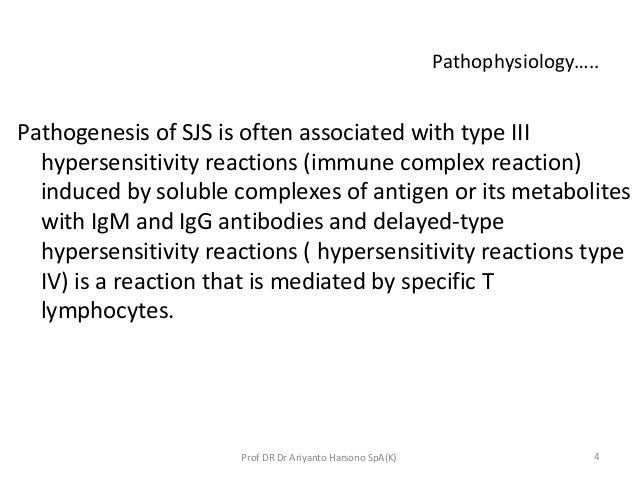














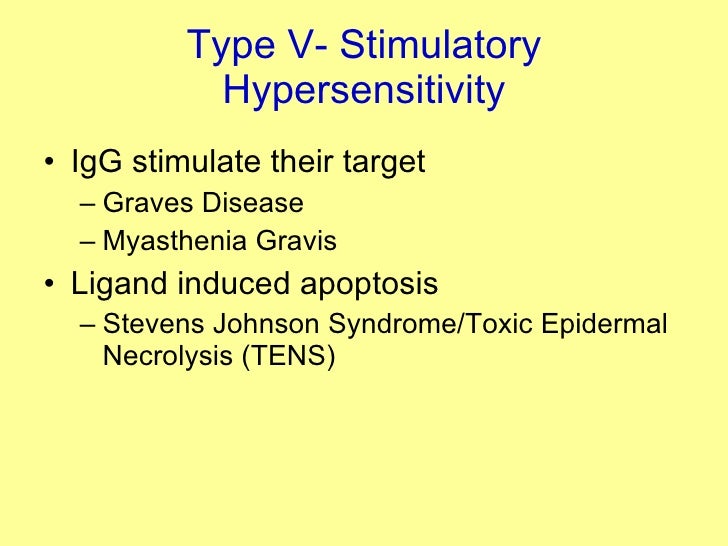
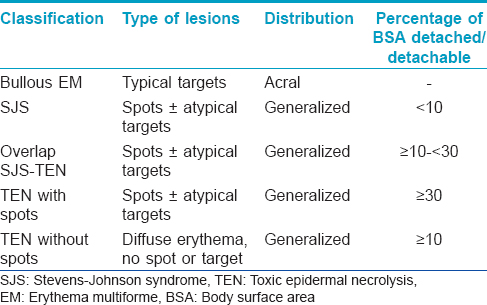


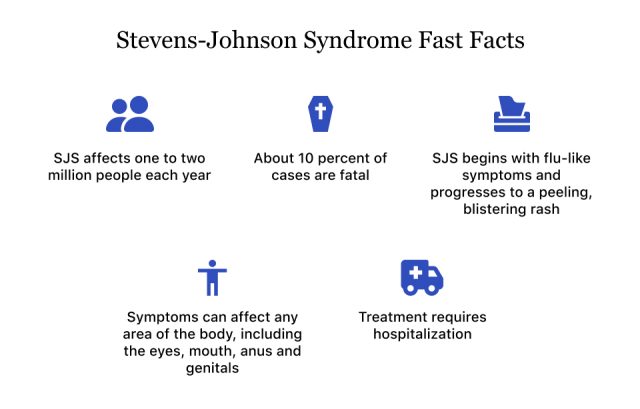

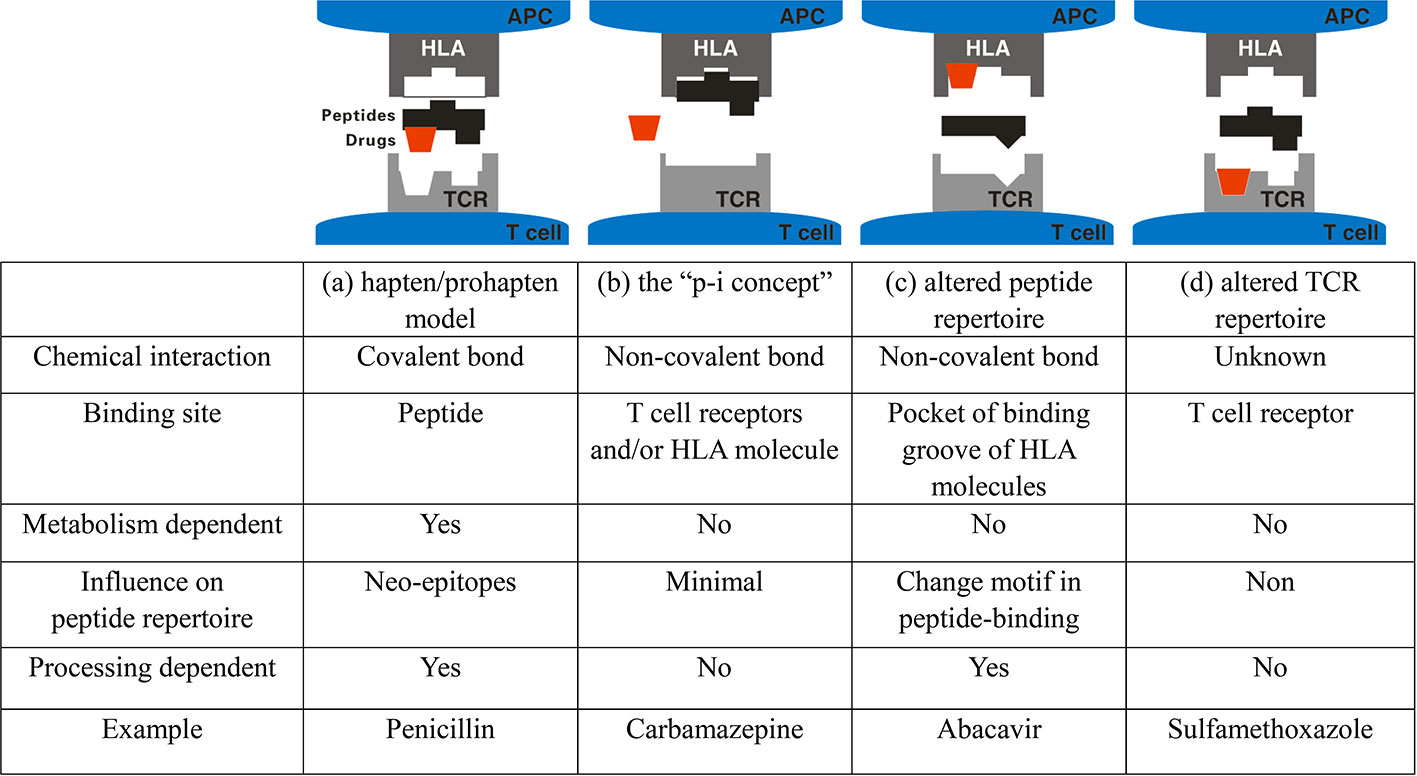










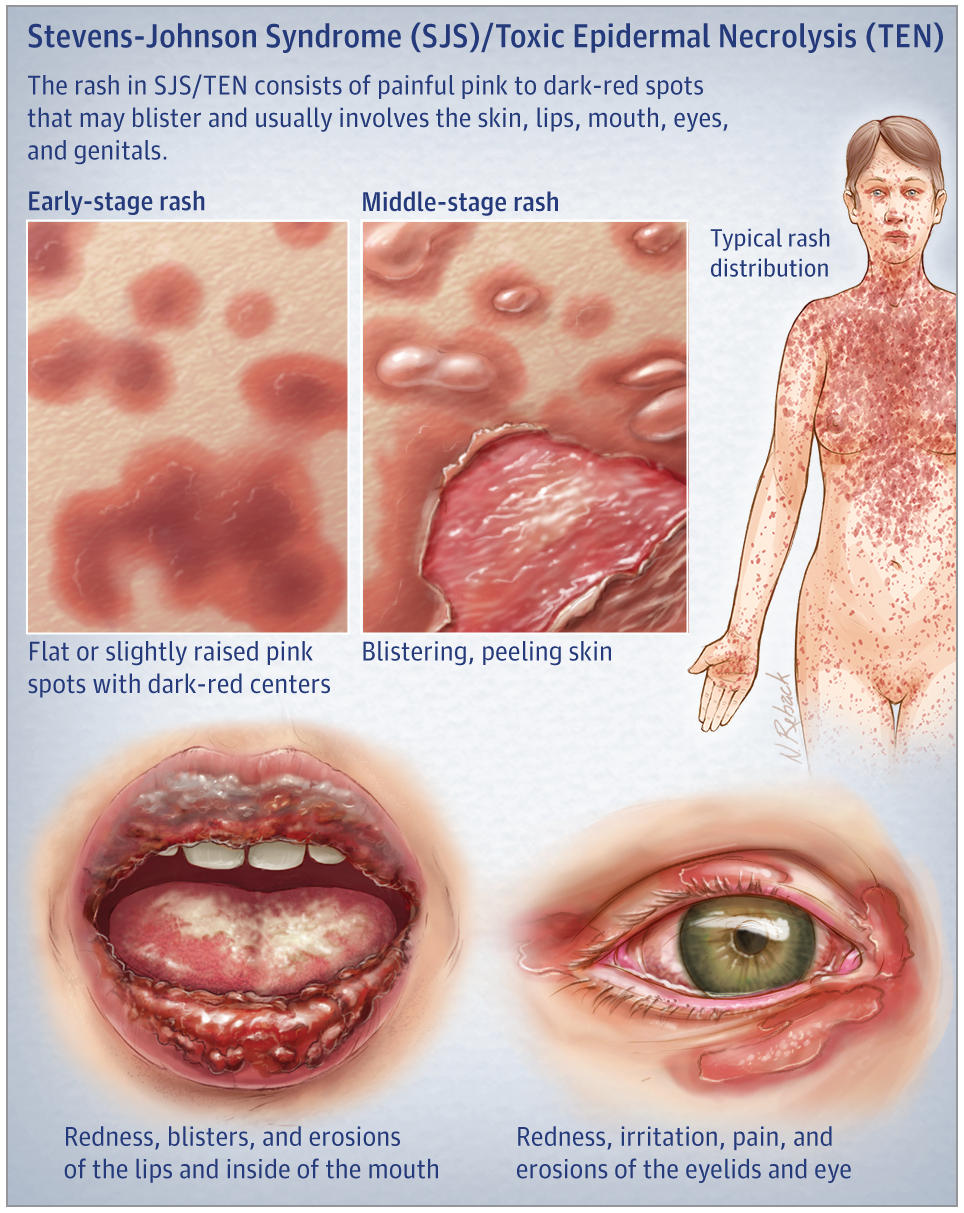



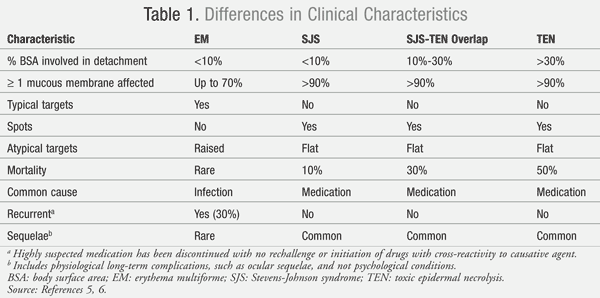

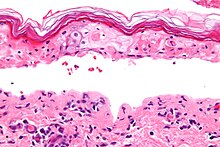


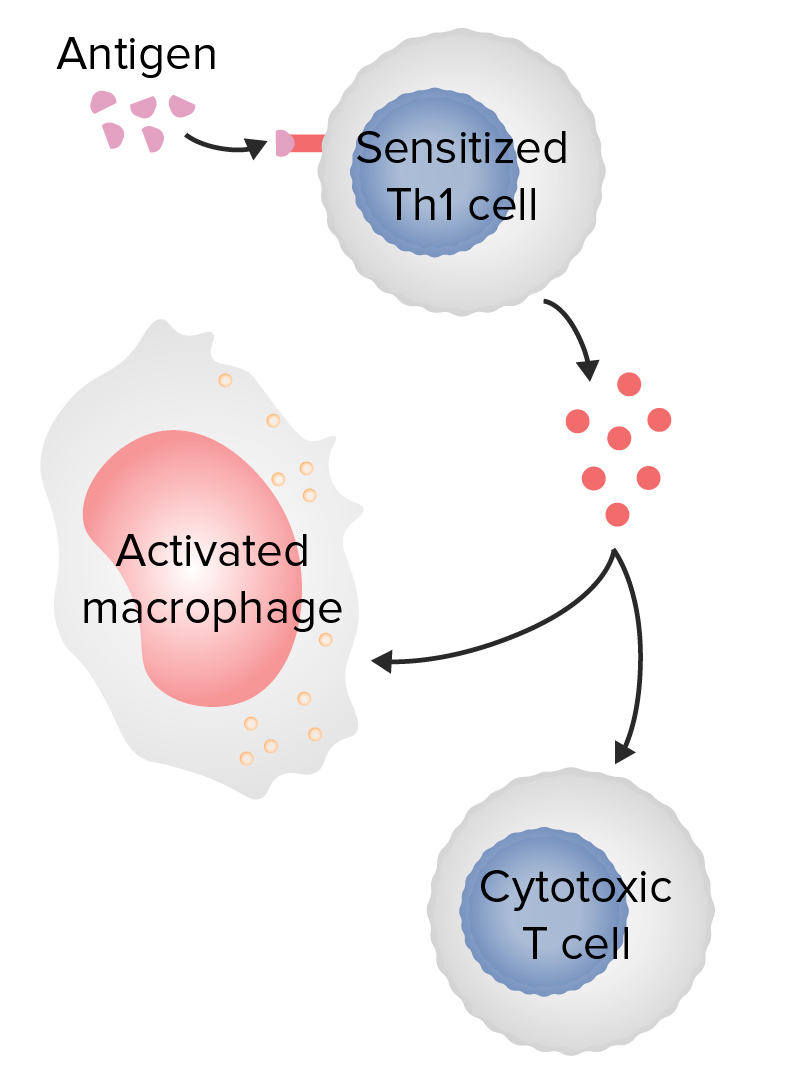
Post a Comment for "Stevens Johnson Syndrome Hypersensitivity Type"